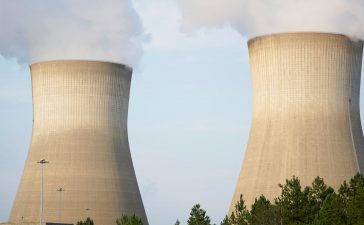
Russia has been in talks to build a new pipeline to carry 50 billion cubic meters of gas a year from northern Russia to China via Mongolia, almost as much as the now-idle Nord Stream 1 pipeline under the Baltic Sea that was damaged in 2022.
China and Russia have yet to agree on key details of the mammoth project, he told the paper, adding that record global gas prices during the past two years had complicated talks.
Gazprom, which will operate Power of Siberia-2 has said it aims to start delivering gas by 2030. But agreement on key issues, including pricing remains elusive.
“Those two sides still need more time to do more detailed research on the economic studies,” Oyun-Erdene told the FT. “The Chinese and Russian sides are still doing the calculations and estimations and they are working on the economic benefits,” he said
Gazprom and the Kremlin did not respond to a Reuters request for comment. China’s foreign ministry could not be immediately reached. Russia is ramping up supplies to China to compensate for the loss of much of its gas sales in Europe since its invasion of Ukraine nearly two years ago, which prompted Western states to slap sanctions on Moscow and trim reliance on Russian energy. Russian Deputy Prime Minister Viktoria Abramchenko told state news agency TASS last year that building of the Mongolian part of Russian gas link to China may start in the first quarter or first half of 2024.









